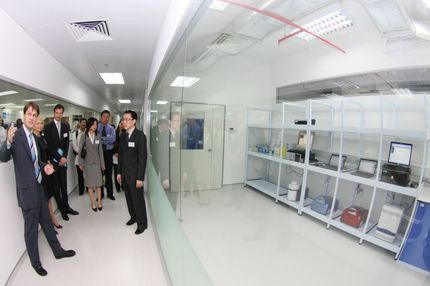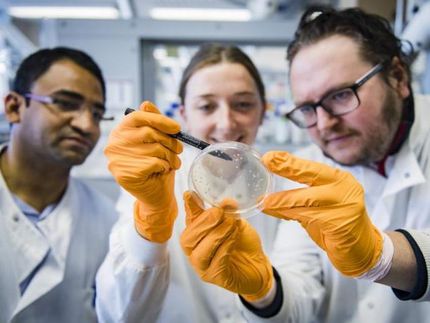India and China Presents Opportunities for European Pharmaceutical and Biotechnology Companies to Capitalise on
Despite having over a third of the world's population, Asia accounts for only one fifth of global pharmaceutical drug consumption. As income levels rise, demand from this large population base is set to burgeon, opening up new growth opportunities for pharmaceutical and biotechnology companies. Even as emerging markets such as Brazil, Mexico, Poland and Russia exhibit strong development potential, the most exciting growth prospects are forecast for two Asian powerhouses - India and China.
As Europe grapples with rising R&D costs and declining drug outputs and as governments attempt to contain spiralling healthcare outlays, European pharmaceutical and biotechnology companies are beginning to explore other emerging markets, which offer a low cost structure along with other potential benefits such as a sizeable domestic market and opportunities for clinical trial, licensing and outsourcing.
High domestic pharmaceutical consumption levels coupled with their importance internationally as a supplier base for active pharmaceutical ingredients (APIs) and intermediates have made India and China a magnet for pharmaceutical and biotechnology companies. At the same time, these countries also hold out the promise of being able to conduct low-cost, large-scale clinical trials.
Both countries, however, offer distinct challenges such as invariable bureaucratic delays, corruption and red tapism along with the prospect of less transparency in China. Such hurdles are being offset by several encouraging trends. The market for over-the-counter (OTC) drugs is expanding. Industry participants and the government are increasingly displaying a global vision, demonstrated by the enhancement of patent protection legislation.
An improved patent protection situation is expected to favour foreign entry even as government initiatives to attract foreign direct investment (FDI) gain momentum. Licensing opportunities for large biotech/pharmaceutical companies offer another incentive to enter these regional markets. Overall, the large and rapidly expanding economies of India and China are set to have a positive ripple effect on both pharmaceutical and biotechnology sectors.
"As a destination for FDI, both the Tiger and the Dragon have proved themselves most popular among the emerging markets in the world," says Industry Analyst Himanshu Parmar from Frost & Sullivan. "The problem remains that the Dragon is more hidden whereas India is a crouching tiger, a slow taker, waiting to capitalise on the opportunities it presents to the West."
Both India and China offer the benefits of low-cost R&D, a strong scientific base together with a large and skilled (and in India's case English speaking) labour pool. While significant government involvement and well-developed research infrastructure offer added advantages in the Chinese context, India offers further inducements in the form of a strong IT industry, good natural resources and an expanding infrastructure.
In China, opportunities in drug development for indigenous diseases - an area that has strong governmental support - and stem cell R&D also offer growth potential. In India, European Union (EU) companies are poised to capitalise on low-cost R&D and cost-effective clinical trials.
Partnerships, mergers and acquisitions (M&A) in addition to joint ventures with Chinese/Indian biotechnology/pharmaceutical and other technology companies such as IT offer opportunities for European companies to make their mark in China and India. There is also the prospect of technology transfer or strategic partnerships with institutes.
In India, such strategies are expected to minimise the investment risk on contract research even as patent reform is expected to clarify IP protection and bring it in line with globally accepted mandates.
"Patent reform will encourage investments while increasing funding opportunities," notes Mr. Parmar. "It is likely to encourage MNC entries via joint venture, collaborations and partnerships through technology transfer and licensing agreements. Innovation is likely to be promoted among Indian firms thus giving another incentive to European firms for entering into partnerships with Indian firms."
Underlining the growing appeal of these two regions, several European pharmaceutical/biotechnology companies are looking to expand their presence. Swiss pharmaceutical company Hoffmann-La Roche intends making India one of its larger sourcing hubs for active ingredients and bulk intermediates. Novartis is investigating clinical trial opportunities in both countries while big pharmaceutical companies such as Eli Lilly, Pfizer and Roche have established their clinical trial programmes in India.
If you are interested in an analysis overview providing an introduction into the Strategic Analysis of the Opportunities for European Pharmaceutical and Biotechnology Companies in Indian and Chinese Markets use the contact button below.

























































